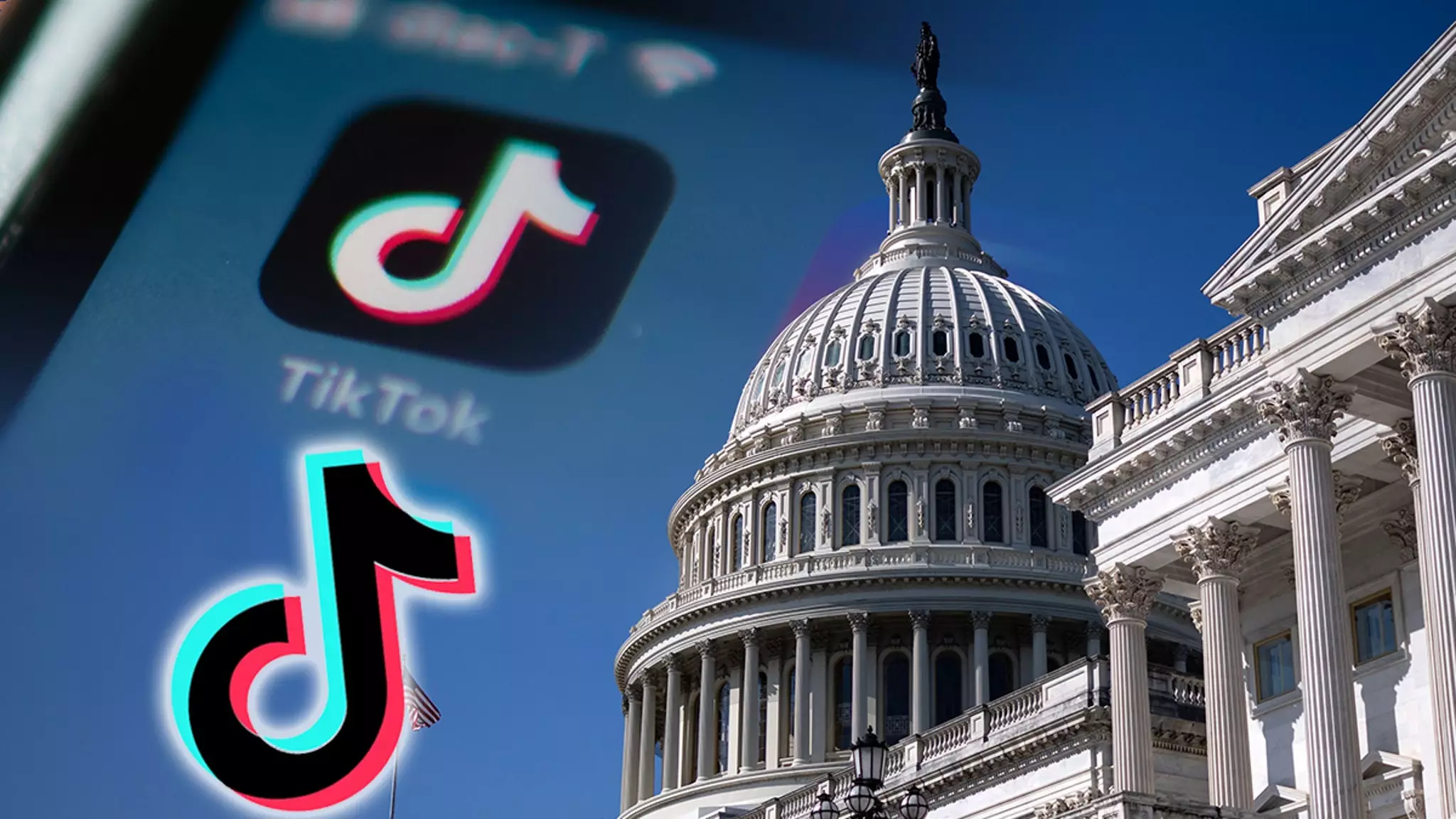In a surprising twist of events, TikTok has re-emerged in the United States, thanks to the swift intervention of President-elect Donald Trump. Just hours before his inauguration, he indicated plans to sign an executive order that would lift restrictions on the app and ensure its availability for millions of users. Amidst rising tensions regarding data privacy and censorship, this decisive action appears to serve not only the interests of the platform’s users but also the nearly 7 million small businesses reliant on TikTok for visibility and engagement in today’s digital marketplace.
While some may view Trump’s gesture as an enthusiastic endorsement of free speech, others may be wary of the implications of governmental involvement in social media platforms. TikTok’s management acknowledged the executive order as a “strong stand for the First Amendment,” indicating a belief that the ban was an infringement on personal freedoms. However, this raises the question: should governments intervene in the operations of privately-owned platforms? The complex interplay between governance and corporate autonomy presents a challenge to democratic principles and technological development. Therefore, while Trump’s efforts may certainly relieve immediate pressures for TikTok users, the potential consequences of such interventions long-term need careful examination.
Influencers and content creators on TikTok are likely breathing a sigh of relief with this development. The platform has evolved into a vital tool for marketing and brand promotion, significantly contributing to the livelihoods of many who have harnessed its reach. Trump’s assurances have bolstered their confidence; they see him not only as a protector of their digital space but also as a key player in their economic success. Yet, it remains to be seen how a potential 50% governmental stake in the app would change its operational dynamics, as well as the creative freedom that many users currently enjoy.
The recent executive order does not come without its challenges. The standing ban established by Congress last year stipulates explicit conditions and timelines that could complicate the restoration of TikTok’s operations. Trump’s decision to potentially pause this ban for 90 days signifies a willingness to negotiate a longer-term solution, but questions persist regarding the sufficiency of an executive order to circumvent existing legislation. The dynamics of these legal frameworks will undoubtedly shape the future of not only TikTok but also other foreign-owned tech platforms navigating similar bans.
As TikTok rejoices in its renewed presence in the American digital landscape, the unfolding narrative is only beginning. The interplay of users’ rights, government intervention, and the economic essence of influencer culture creates a complex environment. Moving forward, how the incoming administration chooses to balance these forces will play a crucial role in the app’s survival and success, shaping the landscape of social media in this new era. Only time will reveal whether these steps lead to sustainable solutions or further complications in the relationship between technology and regulation.

